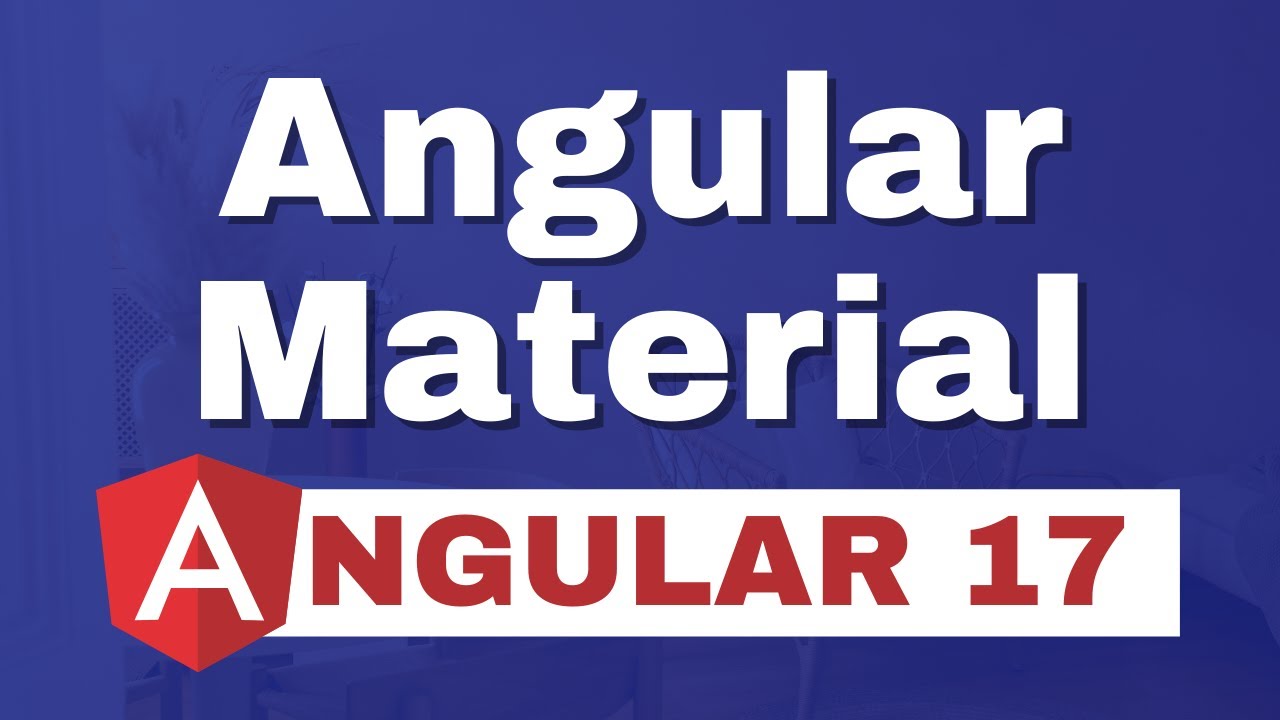How to use Angular Material in Angular 17?
How to Use Angular Material in Angular 17: A Comprehensive GuideAngular Material provides a powerful set of pre-built UI components that can dramatically enhance your Angular 17 applications. In this...

How to Use Angular Material in Angular 17: A Comprehensive Guide
Angular Material provides a powerful set of pre-built UI components that can dramatically enhance your Angular 17 applications. In this tutorial, we'll explore how to effectively implement and customize Angular Material components to create stunning, responsive user interfaces.
Getting Started with Angular Material
To begin using Angular Material in your Angular 17 project, you'll need to follow these key steps:
- Install Angular Material using Angular CLI
- Import necessary Material modules
- Configure theme and styling
- Implement components and layouts
Key Components and Features
Angular Material offers a wide range of components that can transform your application's user experience. From form controls and navigation elements to data tables and interactive dialogs, you'll find comprehensive tools to build professional interfaces.
Performance and Optimization
When working with Angular Material, remember to:
- Lazy load modules
- Use OnPush change detection strategy
- Minimize complex component interactions
Watch the full video tutorial here: Angular Material in Angular 17 Tutorial
Don't forget to subscribe to our YouTube channel for more Angular tutorials and web development tips! We regularly publish in-depth guides to help you level up your frontend development skills.
Recommended Learning Path
To master Angular Material and Angular 17, consider exploring these additional resources:
- Official Angular Material Documentation
- Advanced Angular component design courses
- Performance optimization workshops